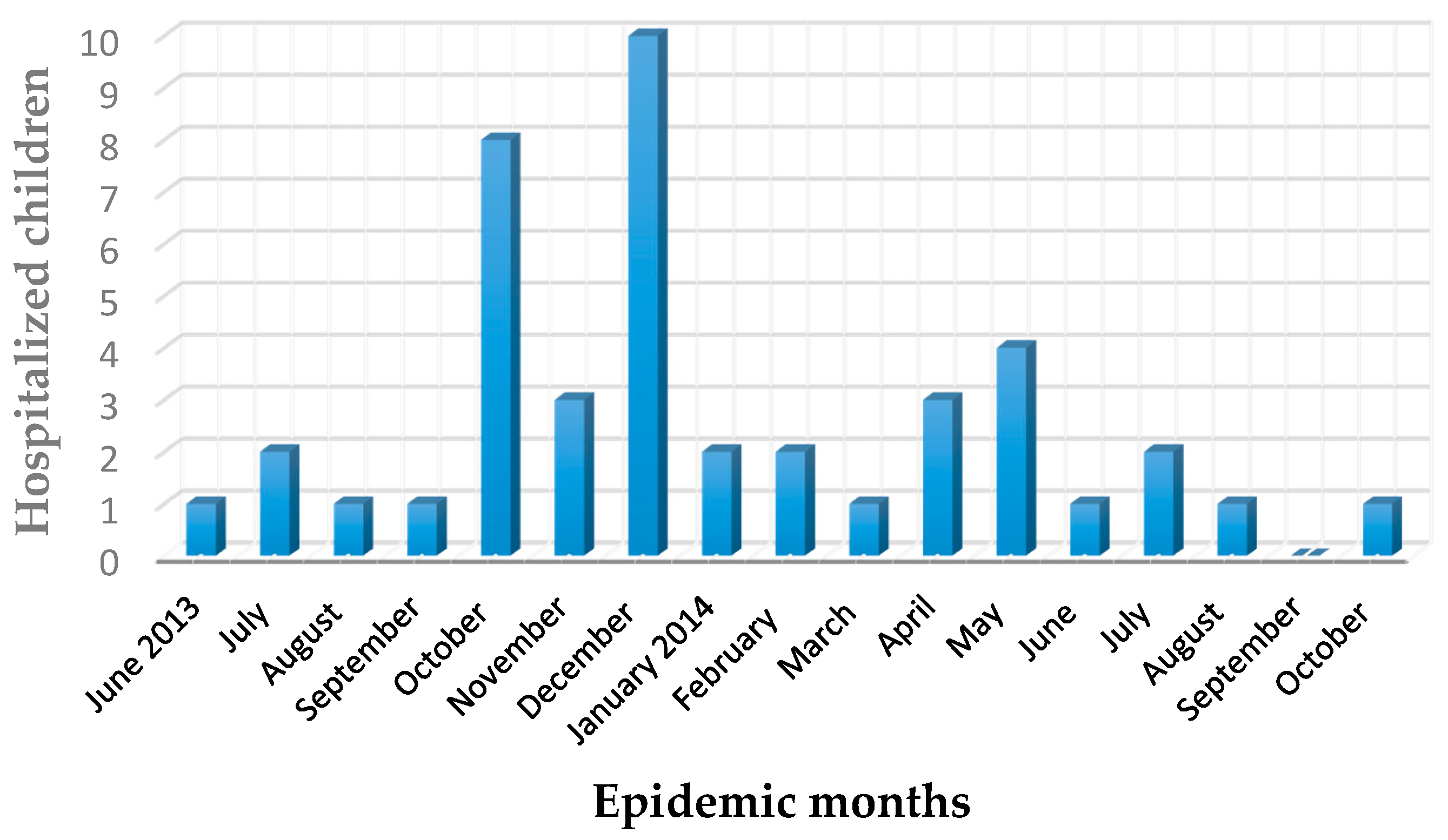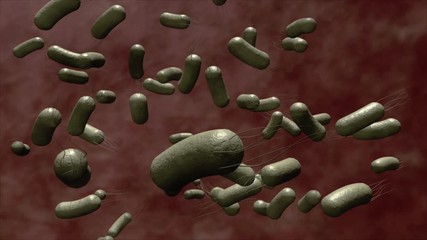Salmonella Enterica And Salmonella Bongori | Salmonella enterica is a common cause of gastroenteritis particularly in children and adults. The two species of salmonella are salmonella enterica and salmonella bongori. Bongori has a single subspecies referred to as subspecies v. Salmonella consists of only two species, namely salmonella enterica and salmonella bongori. Salmonella enterica is divided into six subspecies with approximately 2500 serovars. Salmonella enterica is divided into six subspecies with approximately 2500 serovars. Salmonella typhi fluoroquinolone resistance study. While all serotypes can cause. Salmonella consists of only two species, namely salmonella enterica and salmonella bongori. The two species of salmonella are salmonella enterica and salmonella bongori. Within 2 species, salmonella bongori and salmonella enterica, over 2500 different serotypes or serovars have been identified to date. Salmonella paratyphi a diversity (test pool). Salmonella typhi fluoroquinolone resistance study. Primarily cause enteritis and septicemia according to the latest naming system, there are two recognized species in the genus salmonella: Salmonella is a ubiquitous and hardy bacteria that can survive several weeks in a dry environment and several months in water. The two species of salmonella are salmonella enterica and salmonella bongori. Tradis of salmonella typhimurium subjected to serum killing. Bongori has a single subspecies referred to as subspecies v. Salmonella consists of only two species, namely salmonella enterica and salmonella bongori. Salmonella enterica is divided into six subspecies with approximately 2500 serovars. While all serotypes can cause. Salmonella typhi and salmonella paratyphi a strains ii. Enterica these spis are conserved across the salmonellae and could be considered part of the salmonella. Salmonella is a ubiquitous and hardy bacteria that can survive several weeks in a dry environment and several months in water. Salmonella typhi fluoroquinolone resistance study. Salmonella paratyphi a diversity (test pool). Salmonella enterica is divided into six subspecies with approximately 2500 serovars. Within 2 species, salmonella bongori and salmonella enterica, over 2500 different serotypes or serovars have been identified to date. Salmonella paratyphi a diversity (test pool). Salmonella enterica is divided into six subspecies with approximately 2500 serovars. Bongori has a single subspecies referred to as subspecies v. Tradis of salmonella typhimurium subjected to serum killing. Within 2 species, salmonella bongori and salmonella enterica, over 2500 different serotypes or serovars have been identified to date. Salmonella typhi fluoroquinolone resistance study. Salmonella is a ubiquitous and hardy bacteria that can survive several weeks in a dry environment and several months in water. Primarily cause enteritis and septicemia according to the latest naming system, there are two recognized species in the genus salmonella: While all serotypes can cause. Salmonella consists of only two species, namely salmonella enterica and salmonella bongori. Enterica these spis are conserved across the salmonellae and could be considered part of the salmonella. Salmonella typhi and salmonella paratyphi a strains ii. Salmonella enterica is a common cause of gastroenteritis particularly in children and adults. Tradis of salmonella typhimurium subjected to serum killing. Bongori has a single subspecies referred to as subspecies v. Salmonella paratyphi a diversity (test pool). The two species of salmonella are salmonella enterica and salmonella bongori. Primarily cause enteritis and septicemia according to the latest naming system, there are two recognized species in the genus salmonella: Bongori has a single subspecies referred to as subspecies v. Salmonella paratyphi a diversity (test pool). The two species of salmonella are salmonella enterica and salmonella bongori. Salmonella enterica is divided into six subspecies with approximately 2500 serovars. While all serotypes can cause. Enterica these spis are conserved across the salmonellae and could be considered part of the salmonella. Salmonella enterica is a common cause of gastroenteritis particularly in children and adults. Tradis of salmonella typhimurium subjected to serum killing. Salmonella is a ubiquitous and hardy bacteria that can survive several weeks in a dry environment and several months in water. Primarily cause enteritis and septicemia according to the latest naming system, there are two recognized species in the genus salmonella: Salmonella typhi fluoroquinolone resistance study. Within 2 species, salmonella bongori and salmonella enterica, over 2500 different serotypes or serovars have been identified to date. Salmonella typhi and salmonella paratyphi a strains ii.

Primarily cause enteritis and septicemia according to the latest naming system, there are two recognized species in the genus salmonella: salmonella bongori. Salmonella typhi and salmonella paratyphi a strains ii.
Salmonella Enterica And Salmonella Bongori: Salmonella consists of only two species, namely salmonella enterica and salmonella bongori.
Referanse: Salmonella Enterica And Salmonella Bongori
0 comments:
Post a Comment